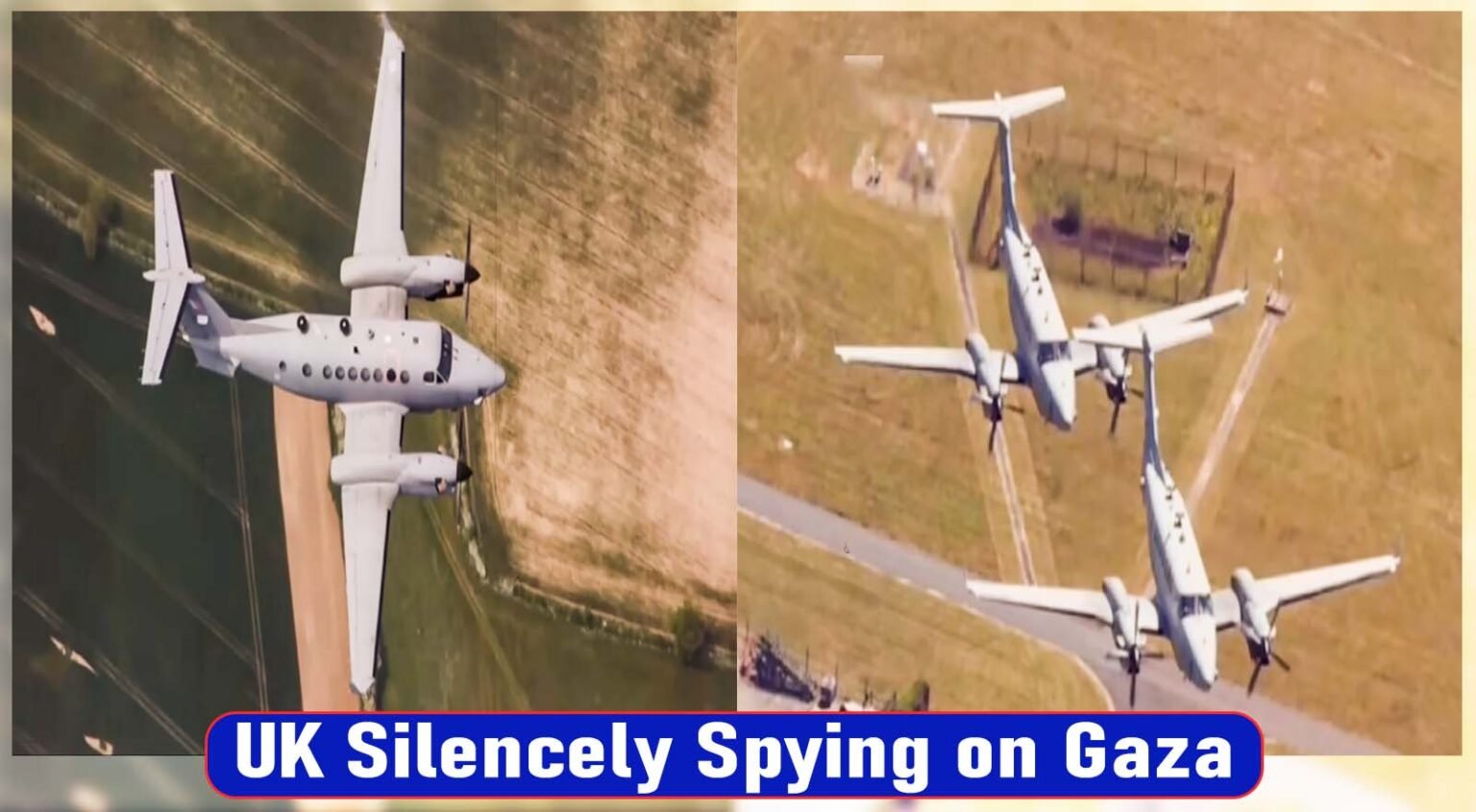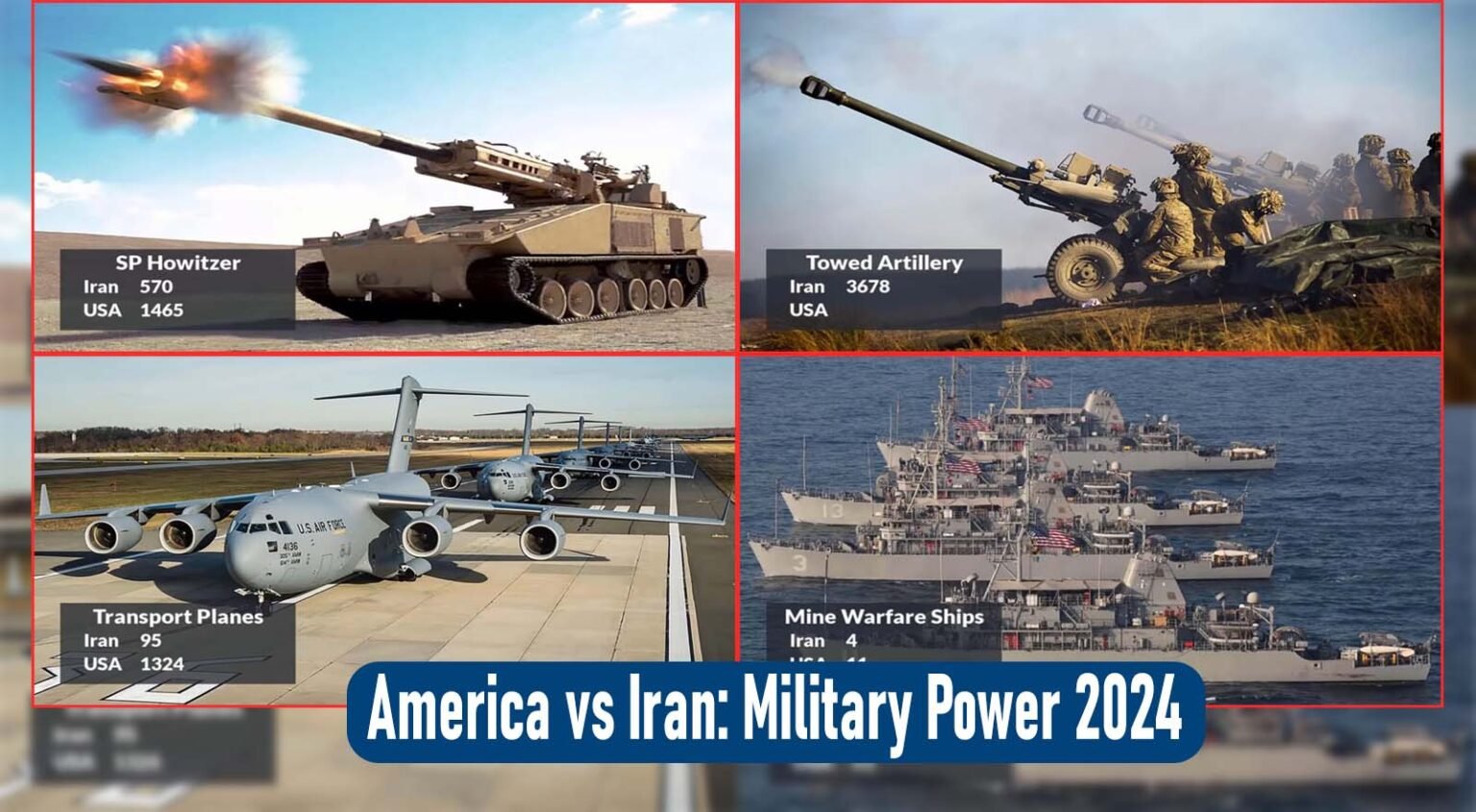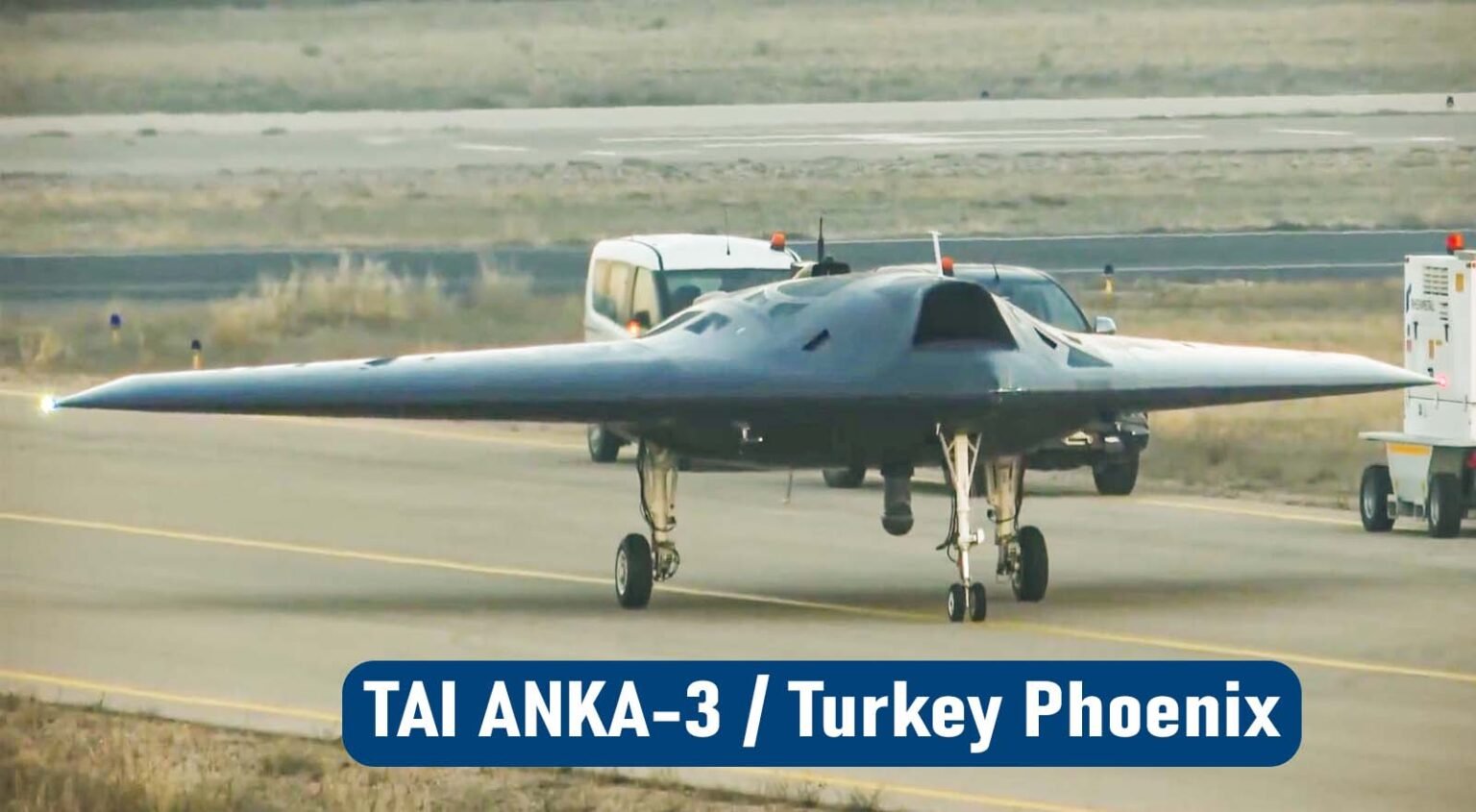The Indian Air Force (IAF) and Hindustan Aeronautics Limited (HAL) are developing the Advanced Medium Combat Aircraft HAL AMCA, a fifth-generation fighter jet, to replace the fleet of aged MiG-21, Mirage 2000, and Jaguar fighters. The aircraft is built with capabilities such as an internal weapons bay, supercruise, stealth, and cutting-edge avionics. Its ability to fly at supersonic speeds without the need for afterburners and its low radar signature makes it difficult for adversary radar systems to identify.
Early in the 2030s, the AMCA is anticipated to join the IAF, enhancing its capabilities and guaranteeing India’s air dominance going forward. The AMCA, the country’s first-ever fifth-generation fighter jet, is a major advancement in India’s military might and will be an invaluable asset to the IAF, helping to secure India’s security going ahead.
You can check out the fighters F-16 Fighting Falcon, F-22 Raptor, Sukhoi Su-57, F-35 Lightning II, TF-X KAAN, KAI KF-21 Boramae and Chengdu J-20.
We have compared this Sukhoi Su-57 vs F-35 Fighter jet, f-22 vs su-57, f-22 vs j-20, kf-21 Boramae vs tf-x KAAN, f-22 Raptor VS kf-21 Boramae, F-22 Raptor VS TAI TF-X KAAN, f-16 vs tf-x, f-35 vs f-16 and America vs Russia military power comparison 2024. If you are interested in the military, you can check it out by clicking here
HAL AMCA Development
Initiated in 2010, the Indian Medium Combat Aircraft (MCA) initiative seeks to produce a fighter aircraft capable of carrying 25 tonnes. Initially, the program ran concurrently with the Indo-Russian Sukhoi/HAL FGFA. In 2010, a feasibility study was started. In 2013, the project was defined, and the preliminary design stage began. The Indian Air Force (IAF) approved the basic design configuration in 2016 after it was completed in 2015. Prototype development has not yet received permission from the Cabinet Committee on Security (CCS). At least 125 AMCA in Mark-1 and Mark-2 forms are planned by the IAF, with the Mark 2 being anticipated to include sixth-generation features and a more potent engine.
HAL AMCA Technology Used for 6th-Generation
“The planning process is already underway for combat systems like optionally manned sixth-generation technologies, smart wingman concepts, swarm drones, long-persistence HALE (High-Altitude Long Endurance) platforms and hypersonic weapons, among others,” said then-Air Force Chief R. K. S. Bhadauria in an interview conducted in 2020. He continued by saying that in order to maintain AMCA’s relevance, it is essential to adopt such cutting-edge technology. Vivek Ram Chaudhari, the IAF’s current head, likewise reiterates it.
HAL AMCA Design Overview
Designed for the Indian Air Force (IAF), the AMCA is a stealthy supersonic multirole fighter with two engines. The AMCA is now envisioned as a fifth-generation fighter, but if sixth-generation technology becomes available, it will be integrated gradually. It has a profile with area-ruling to minimize drag at transonic speeds, diamond-shaped trapezoidal wings installed on the shoulders, and a stabilator V-tail with a huge tail wing positioned on the fuselage. Leading and trailing-edge flaps, ailerons, rudders on canted vertical stabilizers, and all-moving tailplanes are examples of flight control surfaces. The cockpit features a single bubble canopy and a single-seat arrangement for optimal vision.
The AMCA features a weapons compartment on the bottom of the fuselage in addition to a tricycle landing gear arrangement. Its interior weapons bay, composed of composites and other materials, and “S-shaped” air intakes minimize radar exposure in an effort to create a tiny radar cross-section. A central management computer system controls the flight control surfaces. Sixth-generation features of the AMCA will include directed energy weapons that can operate swarm drones and unmanned combat vehicles (UCAVs) with the option to have a crew.

HAL AMCA Stealth Feature
Due to its twin-tail layout, platform edge alignment and serration, body conformal antenna, low intercept radar, diverterless supersonic inlet (DSI) with serpentine ducts that hide engine fan blades, internal weapons bay, and extensive use of composites in the airframe, the AMCA design has inherent radar stealth. Janes Information Services, citing the ADA, states that 38–40% of the AMCA’s airframe will be composite. The AMCA’s capacity to deflect radar is currently being refined by designers as of October 2022. Additionally, materials that absorb radar will be used as needed.
HAL AMCA Technology of Cockpit
The AMCA will have a glass seat featuring a wide panorama screen display for increased man-machine interaction, a multi-function display (MFD) set in portrait mode and a wide-angle holographic head-up display (HUD). To lessen the stress on pilots, the AMCA will use a hands-on throttle-and-stick (HOTAS) configuration, where the left hand is on the throttle and the right hand is on the stick.
HAL AMCA Radar and Sensor system
The AMCA is a military vehicle intended to integrate with cutting-edge electronic warfare technologies and improve situational awareness. It has an integrated vehicle health monitoring system, a distributed processing system, and distributed passive sensors with AI-assisted multi-sensor data fusion. The AMCA will have a bigger Uttam AESA Radar installed on a mechanically steerable mount, utilizing GaN technology. There are plans to include an onboard condition monitoring system. Utilizing fiber optic connections, a quadruple digital fly-by-optics control system will be installed on the platform to boost data throughput, decrease electromagnetic interference, and decrease weight.
HAL AMCA Engine and Power
Two afterburning turbofan engines are planned for the Indian Aircraft Command (AMCA), with the General Electric F414 engine powering the AMCA Mark-1 and a more potent joint venture engine powering the AMCA Mark-2. The Kaveri engine development plan has been suggested by the Indian government as a means of jointly developing the engine. In July 2023, as part of the Horizon 2047 agreement for the India-France strategic relationship, India and France decided to work together on a combat aircraft engine for the Mark-2 variant of AMCA.
The Defense Research and Development Organization (DRDO) of India and the French company Safran will collaborate to create a project plan. Permits from the US were granted in November 2023, enabling GE Aerospace and HAL to work together to develop the General Electric F414 engine for the HAL Tejas Mark 2 and the first two AMCA squadrons.

HAL AMCA Preliminary specifications
One Crew
17.6 m in length (57 feet 9 in)
11.13 m (36 ft 6 in) in wingspan
14 ft 9 in. or 4.5 m tall
Area of wings: 55 m³ (590 sq ft)
12,000 kilograms (26,455 lb) is the anticipated empty weight.
18,000 kg (39683 lb) is the gross weight.
Maximum takeoff weight of approximately 25,000 kg (55,116 lb)
6,500 kg of fuel (14,300 lb)
6,500 kg (14,300 lb) of payload, 1,500 kg (3,300 lb) of internal weight, and 5,000 kg (11,000 lb) outside retailers
Powerplant 2 × Afterburning turbofan modified from original GE F414 production
HAL AMCA Performance
2,600 km/h (1,600 mph, 1,400 kn) is the maximum speed.
Mach 2.15 is the maximum speed.
3,240 km in range (2,010 mi, 1,750 nmi)
1,620 km is the combat range (1,010 mi, 870 nmi)
5,324 km is the Ferry range (3,308 mi, 2,875 nmi)
Service ceiling is 20,000 meters, or 65,000 feet
HAL AMCA Armament
Rockets:
S-8 rocket pods (expected)
Air-to-air missiles:
Astra IR
Astra Mark 1
Astra Mark 2
Astra Mark 3
NG-CCM
Air-to-ground missiles:
BrahMos NG
SANT
Rudram-1
Bombs:
Laser-guided bomb
NG-LGB
Precision-guided munition
HSLD-100/250/450/500
DRDO SAAW
DRDO Glide Bombs
HAL AMCA Avionics
A larger variant of LRDE Uttam AESA Radar
Final Conclusion about HAL AMCA
The Indian Air Force and Navy are to get a fifth-generation stealth multirole combat aircraft as part of the HAL Advanced Medium Combat Aircraft (AMCA) program. A public-private joint venture is anticipated to build the aircraft, which was created by the Defense Research and Development Organization’s (DRDO) Aeronautical Development Agency.
You can check out the fighters F-16 Fighting Falcon, F-22 Raptor, Sukhoi Su-57, F-35 Lightning II, TF-X KAAN, KAI KF-21 Boramae and Chengdu J-20.
We have compared this Sukhoi Su-57 vs F-35 Fighter jet, f-22 vs su-57, f-22 vs j-20, kf-21 Boramae vs tf-x KAAN, f-22 Raptor VS kf-21 Boramae, F-22 Raptor VS TAI TF-X KAAN, f-16 vs tf-x, f-35 vs f-16 and America vs Russia military power comparison 2024. If you are interested in the military, you can check it out by clicking here
If you want to go to the site of the Indian Air Force to confirm information about the Indian Fighter and others, then click here
Take a look at the HAL AMCA on video.
FAQ
Is the Hal AMCA a fifth-generation fighter jet?
The AMCA is currently planned and designated as a fifth-generation fighter jet by the Indian Air Force and Hindustan Aeronautics Limited.
Which engine will be used in HAL AMCA?
There are two plans for the HAL AMCA development.
Mark 1: General Electric F414 (jointly manufactured in India)
Mark 2: Either a co-developed engine with France or a future indigenous engine by DRDO
What will be the maximum speed for HAL AMCA?
As per the plan for the HAL AMCA Mach 2.15 or 2,600 km/h (1,600 mph, 1,400 kn) will be the maximum speed.
Which Avionics will be used in the HAL AMCA?
As per plan a larger variant of the LRDE Uttam AESA Radar will be used in the HAL AMCA.
What will be the key feature of HAL AMCA?
The HAL AMCA is a sophisticated aircraft with stealth, supercruise, and advanced avionics, offering tactical advantages in air-to-air engagements and reconnaissance missions.







